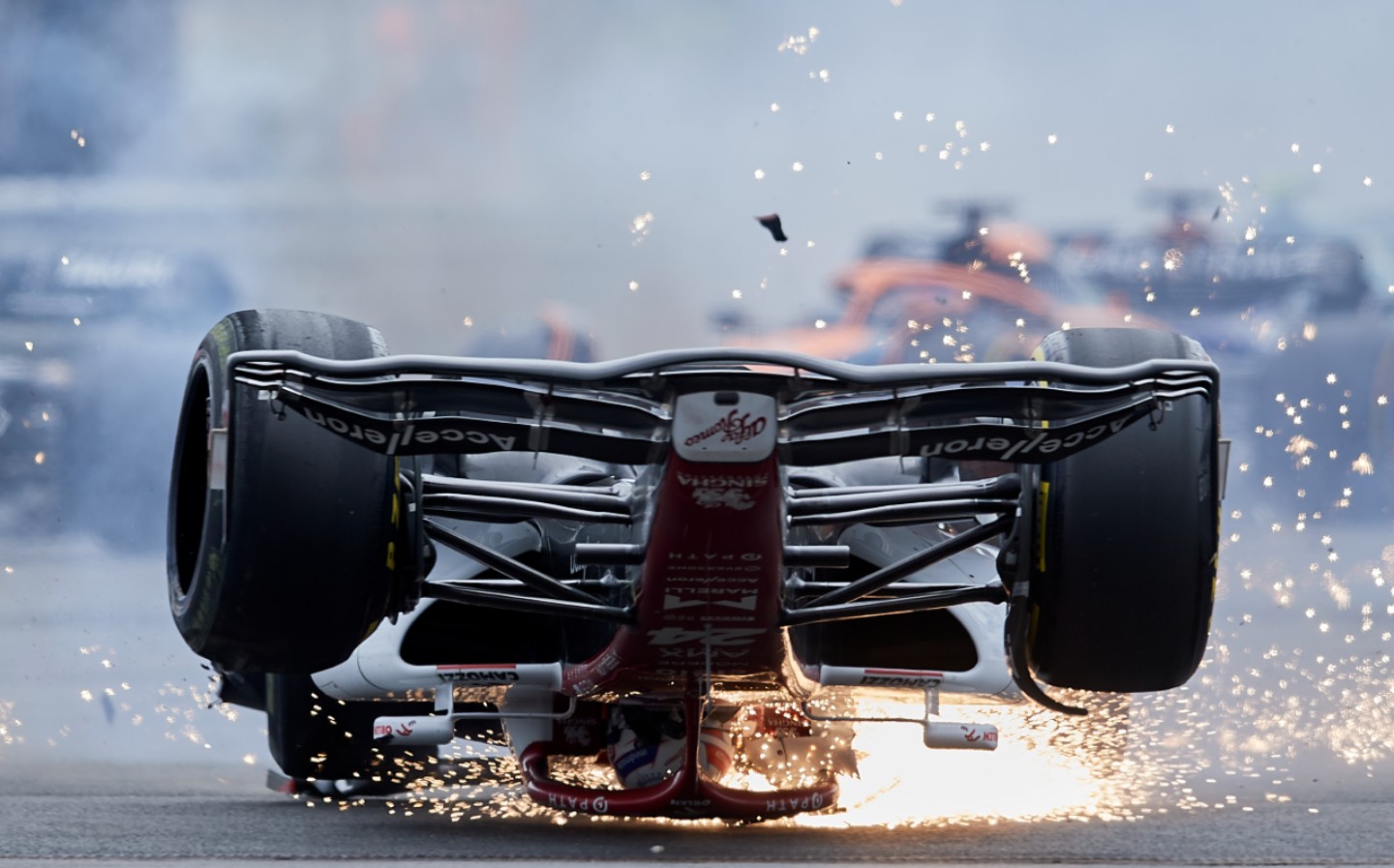What is F1 Halo, when it was introduced and how does it save lives?
Lewis Hamilton, Zhou Guanyu and Romain Grosjean may not be alive without it
Formula One is a hotbed of technology and innovation in the pursuit of fast laps and reliability but safety is also a huge focus, and arguably the greatest innovation in motorsport safety has been the Halo device.
Chinese driver Zhoe Guanyu credited it for saving his life at the 2022 British GP after his Alfa Romeo flipped, skated along the asphalt and across a gravel trap, then flew over a tyre barrier and ended up wedged between the tyres and the safety fence (see main pic).
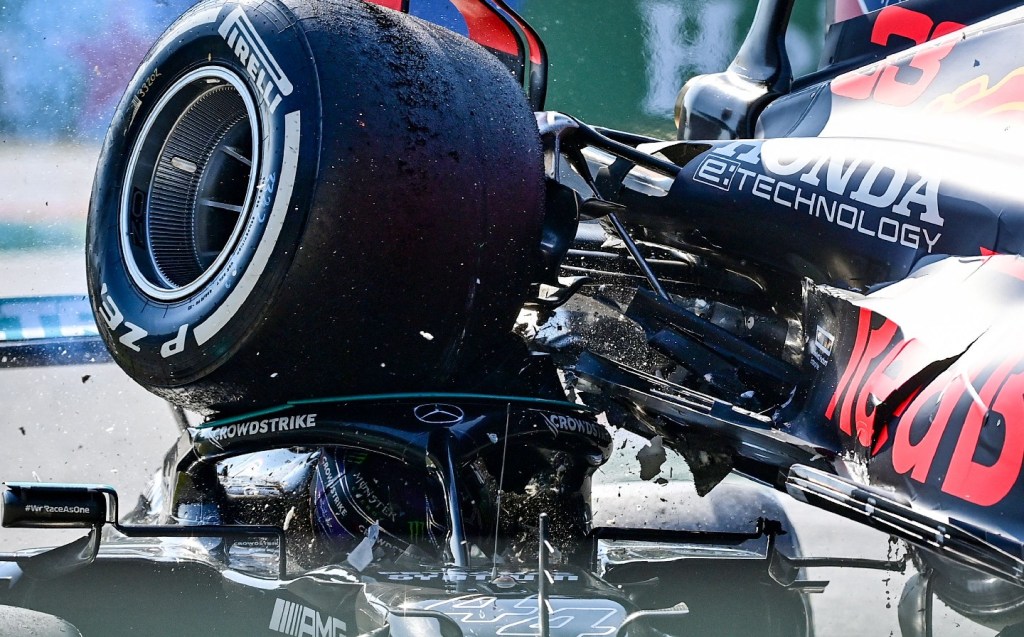
The tubular frame that surrounds the car’s cockpit is also credited with saving Lewis Hamilton’s life at the 2021 Italian Grand Prix, after a collision with championship rival Max Verstappen (see below), and is also likely to have contributed to saving Romain Grosjean’s life after his car penetrated the Armco barrier at the Bahrain GP in 2020. Grosjean amazingly also survived a resulting fireball in that crash.
Here we explain the engineering behind the Halo, its history and the benefits that it brings.
What is the Halo in F1?
The Halo is a protective barrier that helps to prevent large objects and debris from entering the cockpit of a single-seat racing car. There are specific rules for its construction, and the device is manufactured by three approved companies for the F1 teams to then add to their racing cars.
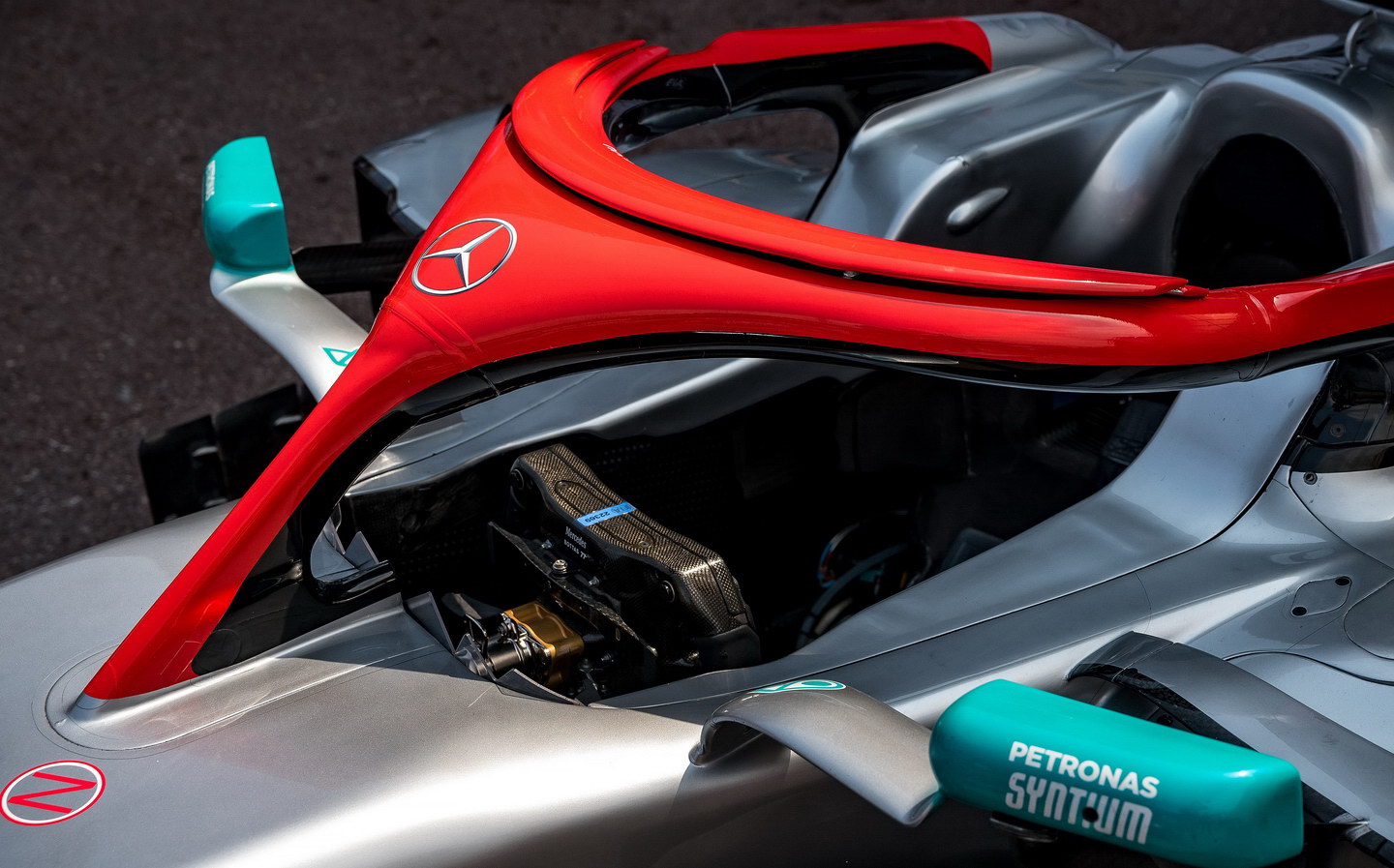
The F1-spec Halo is made from strong, lightweight titanium tubing, which is then attached to the car’s carbon fibre chassis at three points for maximum rigidity. The system adds around 9kg to the car’s weight.
When was the Halo introduced in F1?
The Halo was introduced to F1 in 2018, when it also became compulsory in other FIA-sanctioned open-cockpit classes, such as Formula E, F2, F3 and F4. It’s also used by other single-seater series across the globe, such as the US IndyCar series (where they also add a clear Perspex windscreen), the Japanese Super Formula series and S5000 in Australia.
Why was the Halo system introduced in F1?
Halo was introduced to improve safety for drivers by preventing large objects entering the car’s cockpit. While crash helmets are effective at preventing head injuries in most incidents, a few high-profile accidents involving larger objects revealed that more could be done to reduce the risk of serious injury in crashes.
Does the F1 Halo obstruct vision?
Titanium construction means that the Halo’s bars are relatively thin. The crossbar is at a height that means it’s outside of the driver’s peripheral vision when wearing a helmet, while the central vertical pillar will ‘disappear’ into the periphery when the driver is looking ahead — much like your nose isn’t visible as you’re reading this.
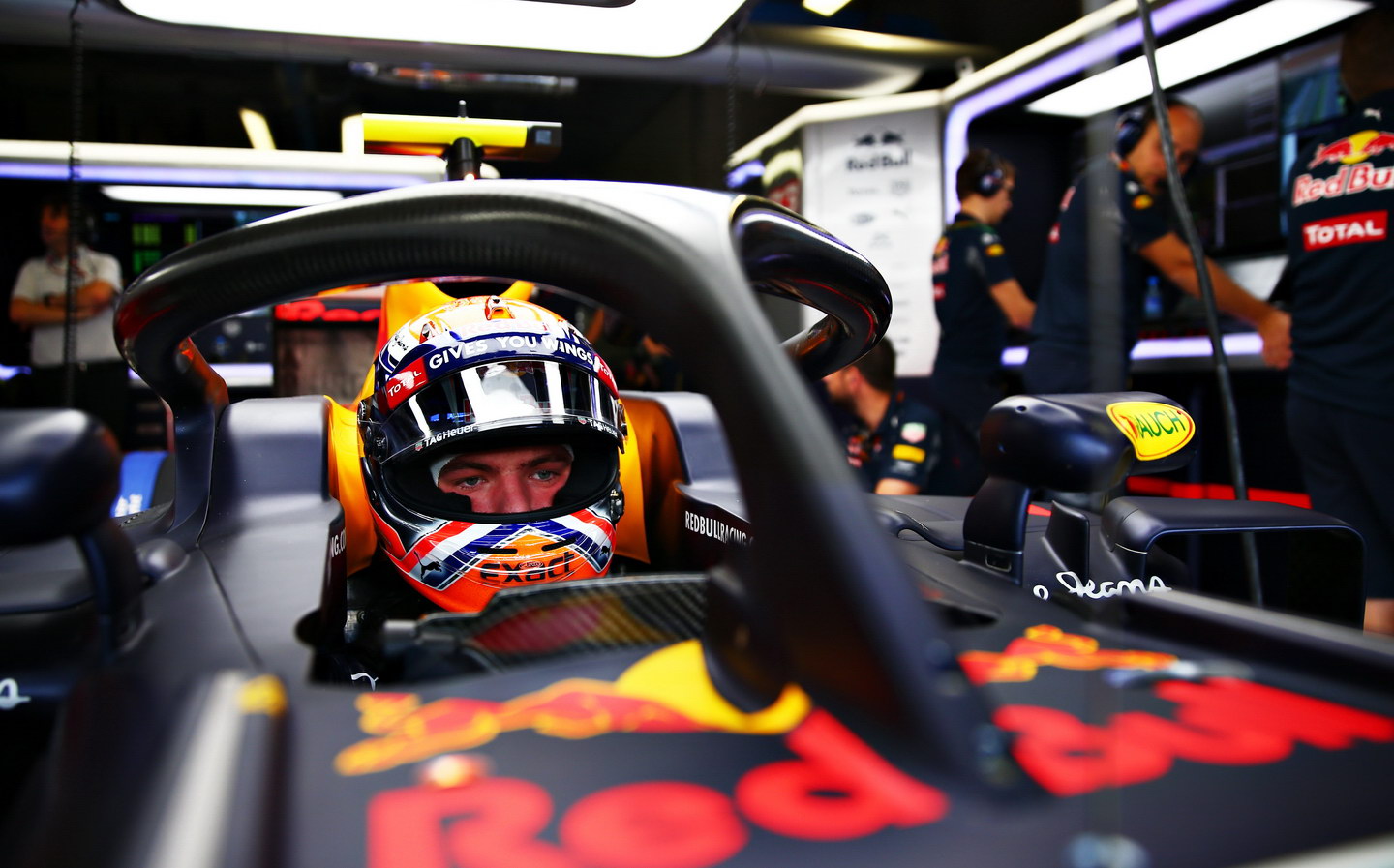
Why was the Halo controversial?
When it was first introduced, some people criticised the Halo’s appearance, saying it spoils the ‘purity’ of a single-seat, open-cockpit racing car. Others believed that the Halo can get in the way if a driver needs to get out of the car quickly, but in practice this has proved to not be an issue and the lives it has saved means any objections on aesthetic grounds have been silenced.
When has the Halo cockpit system worked?
A study by the FIA using data from 40 real incidents revealed that a driver’s chance of survival rose by 17% if a Halo was in use.
Zhou Guanyu’s accident at the 2022 British GP was a recent example of when Halo has saved a life. Most experts, and Zhou himself, believe it would have been a fatal crash without Halo.
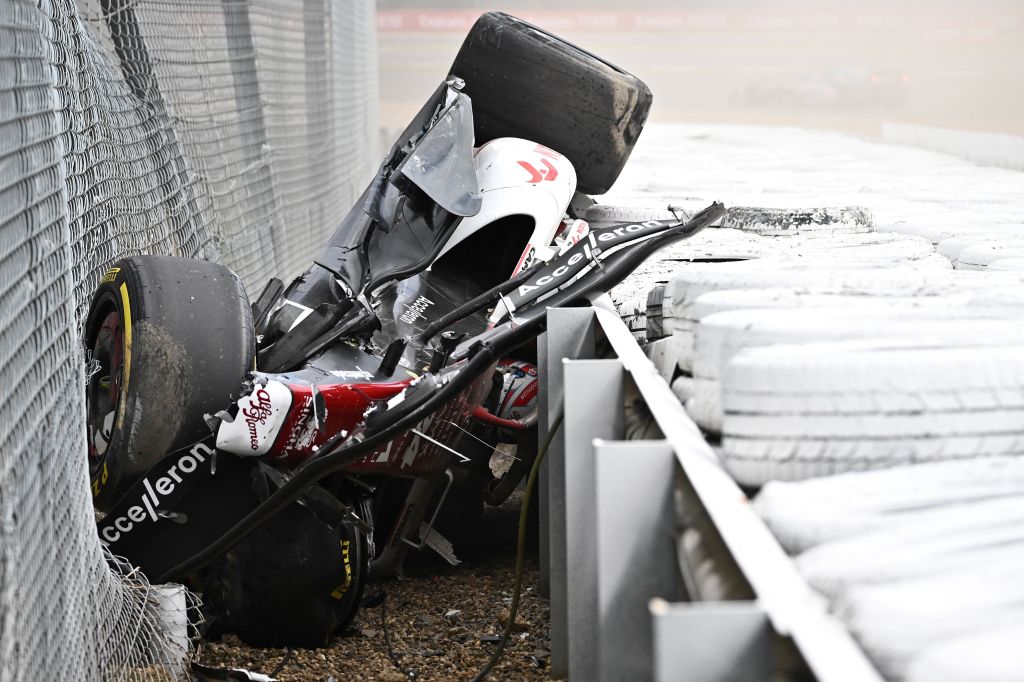
The 2021 Italian Grand Prix saw drivers Lewis Hamilton and Max Verstappen collide, and Verstappen’s Red Bull stopped with a rear wheel resting on the Halo of Hamilton’s Mercedes, immediately above his helmet. After the incident, Hamilton stated that the Halo “saved my neck”.
At the end of the 2020 season, Romain Grosjean survived a fiery crash at the Bahrain GP that saw his Haas crash through an Armco barrier. The Halo showed signs of damage from the barrier that would otherwise have been inflicted on Grosjean’s helmet, and is certain to have saved his life.
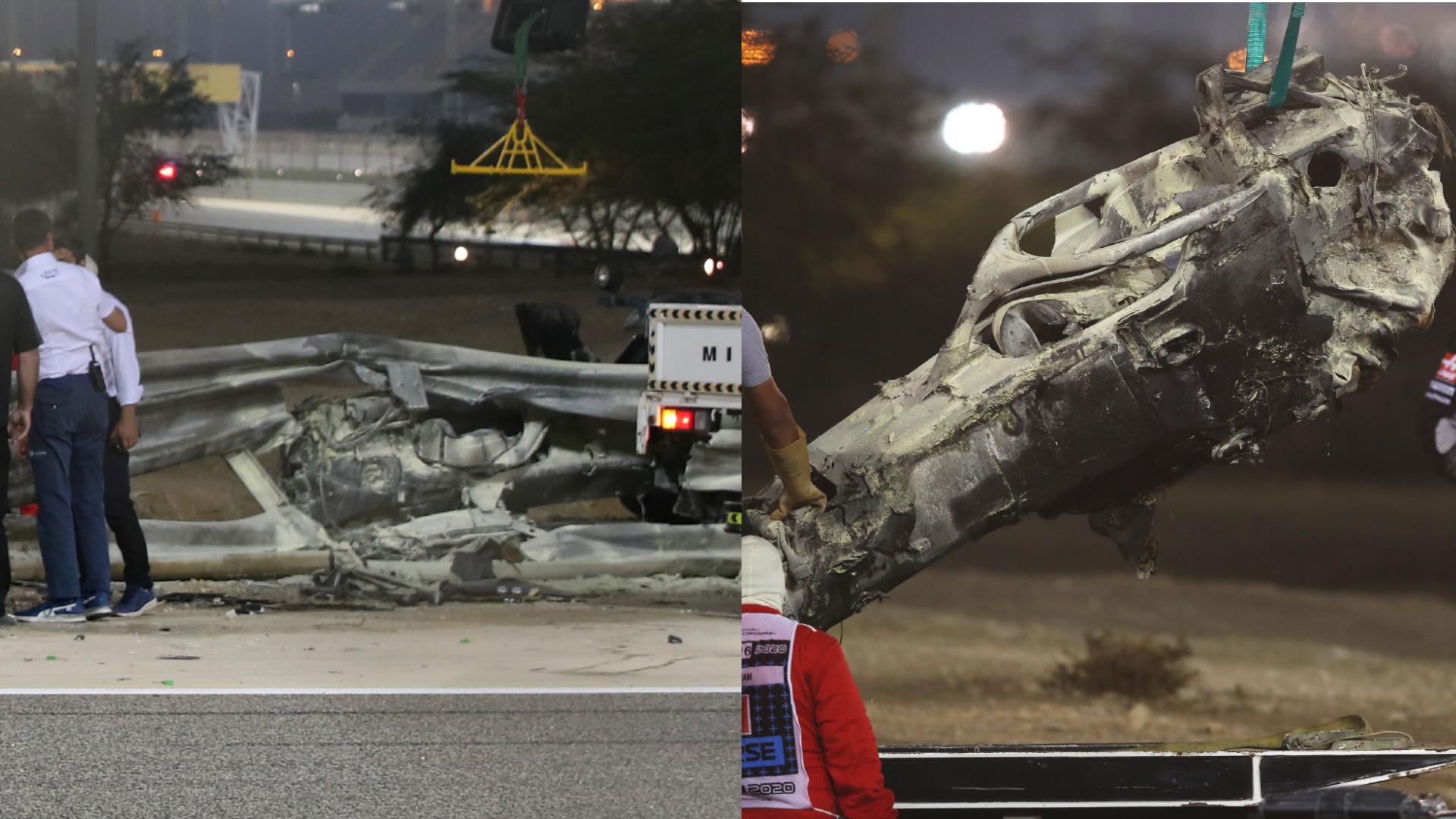
How do F1 drivers feel about the Halo?
When the Halo first arrived in 2018, there was criticism from drivers about its ugly looks and the potential for it to limit visibility. But that criticism has waned, and those who have been involved in accidents where the Halo has done its job sing its praises.
Mercedes F1 team boss Toto Wolff is one person who has been convinced by its safety benefits, after initially disliking the system.
Related articles
- After reading about the F1 Halo system, you might be interested in F1’s sprint qualifying format
- Also check out a video of Lewis Hamilton testing the new Mercedes-AMG One hypercar
- Read the 2022 F1 calendar, start times, results, standings and how to watch in the UK
Latest articles
- Lewis Hamilton wants to design a modern day Ferrari F40 with manual gearbox
- Dacia Bigster 2025 review: The ‘anti-premium’ family SUV that punches above its weight
- Your car’s worn tyres could be being burnt illegally in India, investigation reveals
- Open-top 214mph Aston Martin Vanquish Volante is world’s fastest blow-dry
- F1 2025 calendar and race reports: The new Formula One season as it happens
- Alfa Romeo Junior Ibrida 2025 review: Hybrid power adds an extra string to crossover’s bow
- Top 10 longest-range electric cars: all with over 400 miles per charge (officially)
- Renault 5 Turbo 3E ‘mini supercar’ confirmed with rear in-wheel motors producing 533bhp … and insane levels of torque
- British firm Longbow reveals ‘featherweight’ electric sports cars with 275-mile range


